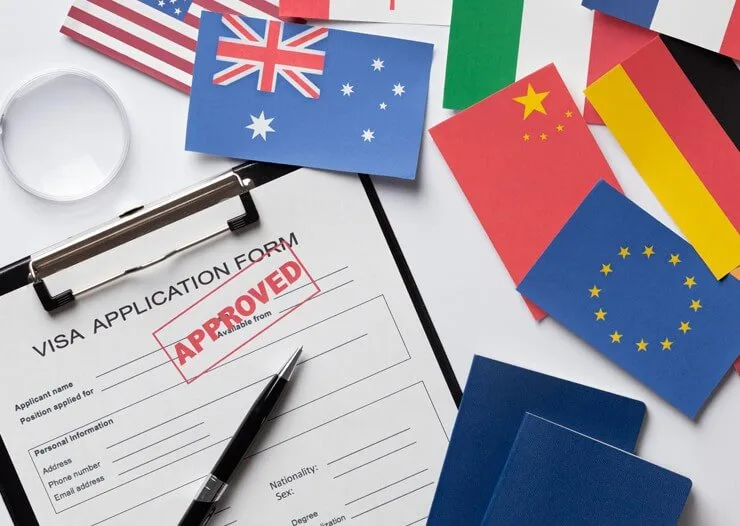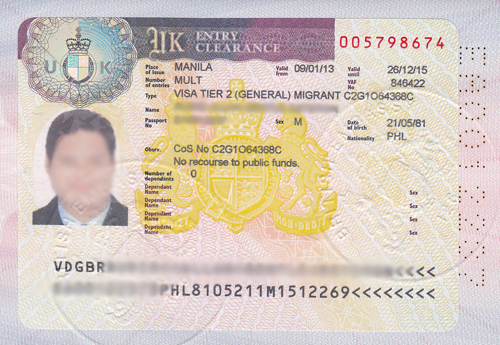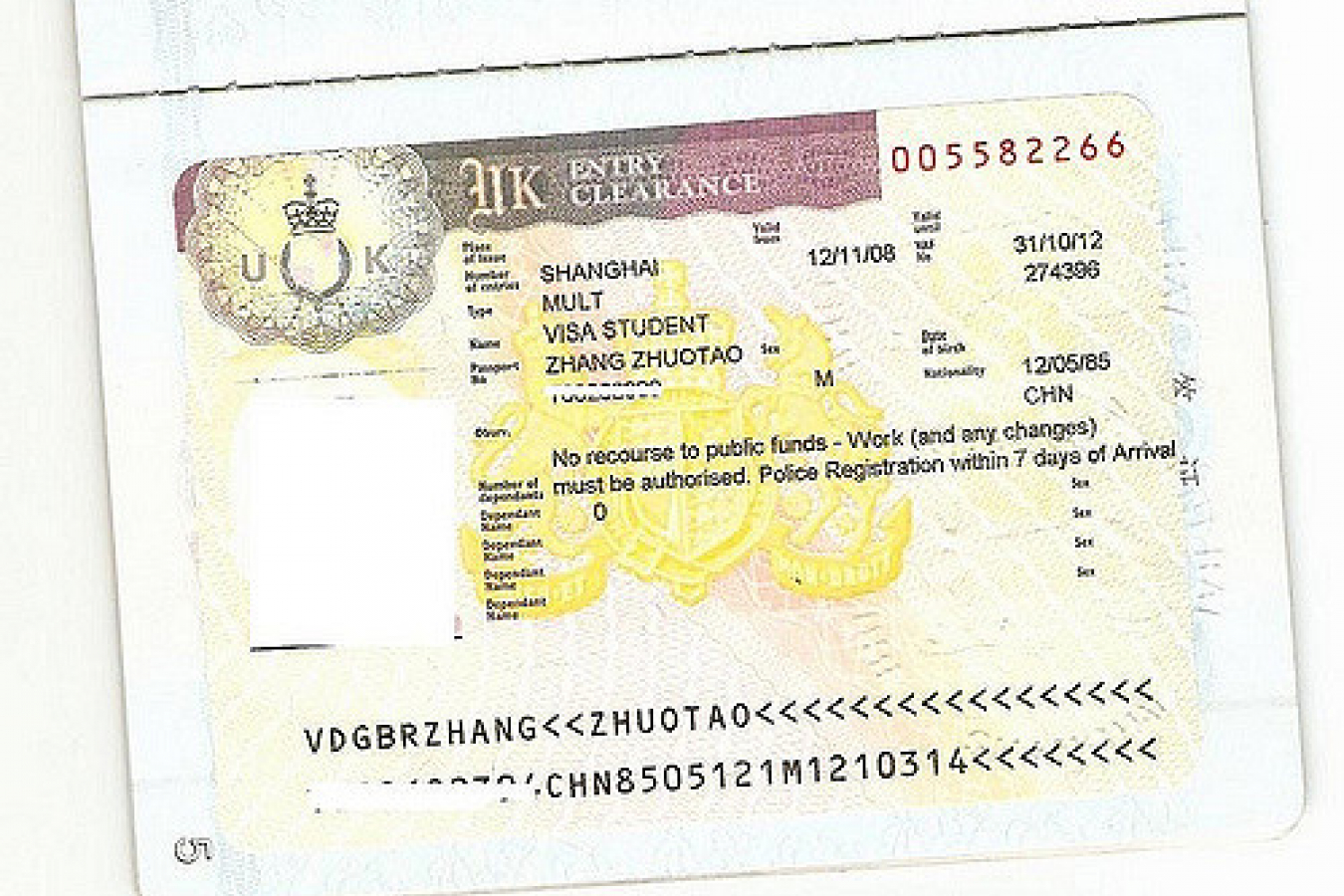What is a Work Permit? A Comprehensive Guide
In an increasingly globalized world, where people move across borders for better opportunities, the concept of a work permit has become essential. But what exactly is a work permit, and why does it matter? This article breaks down the basics, explores its significance, and provides practical insights to help you navigate this important aspect of international employment.
Understanding the Basics: What is a Work Permit?
A work permit, also known as a work visa or employment authorization document, is an official government-issued document that allows a foreign national to live and work legally in a country where they are not a citizen or permanent resident. Essentially, it’s permission from the host country’s immigration authorities to engage in paid employment, often for a specific period or under certain conditions.
The primary purpose of a work permit is to regulate immigration and protect both the local labor market and foreign workers. Governments use it to ensure that jobs are filled by qualified individuals, prevent exploitation, and maintain control over population inflows. For example, in the United States, a work permit might come in the form of an H-1B visa for skilled professionals, while in Canada, it’s often tied to the Labour Market Impact Assessment (LMIA) process.
Without a valid work permit, individuals risk severe consequences, such as deportation, fines, or even legal action. This makes it a critical tool for anyone considering international job opportunities.
Types of Work Permits
Work permits vary widely depending on the country, the nature of the job, and the duration of stay. Here’s a breakdown of common types:
- Temporary Work Permits: These are issued for short-term employment, such as seasonal jobs, internships, or specialized projects. For instance, the UK’s Tier 2 visa allows skilled workers to stay for up to five years, while Australia’s Temporary Skill Shortage (TSS) visa targets roles in high-demand sectors like healthcare and IT.
- Permanent Work Permits: Also known as employment passes or green cards in some regions, these offer longer-term or indefinite authorization. In the EU, for example, the Blue Card scheme is designed for highly qualified non-EU citizens, potentially leading to permanent residency.
- Student Work Permits: Many countries allow international students to work part-time while studying. In the US, F-1 visa holders can work on-campus or through Optional Practical Training (OPT), while in Germany, students can work up to 20 hours a week with a residence permit.
- Intra-Company Transfer Permits: These are for employees transferred within a multinational company. The US’s L-1 visa, for example, enables such transfers for managers or specialized knowledge workers.
The specific type you need depends on factors like your skills, the job offer, and the country’s immigration policies. Always check with the relevant embassy or immigration website for accurate details, as requirements can change.
How to Obtain a Work Permit
Applying for a work permit typically involves several steps, which can be time-consuming and require careful preparation. Here’s a general overview:
- Secure a Job Offer: Most applications start with an employment offer from a company in the host country. The employer often needs to prove that no local candidate is available for the role, especially in countries with strict labor laws.
- Gather Required Documents: You’ll need items like your passport, educational certificates, proof of work experience, and sometimes language proficiency tests (e.g., IELTS or TOEFL). Employers may also need to provide business registration details.
- Submit an Application: Applications are usually filed online through the host country’s immigration portal. For example, in Canada, you might use the Express Entry system, which assesses candidates based on points for skills, experience, and language ability.
- Undergo Processing and Interviews: Expect background checks, medical exams, and possibly an interview at the embassy. Processing times vary—some permits take weeks, while others, like India’s employment visa, can take months.
- Pay Fees and Await Approval: Fees range from a few hundred to several thousand dollars, depending on the country and permit type. Once approved, you’ll receive the permit, which you must activate upon arrival.
It’s advisable to consult immigration lawyers or use official resources to avoid common pitfalls, such as incomplete applications or missing deadlines.
Eligibility Criteria and Requirements
Eligibility for a work permit depends on the country’s policies, but common requirements include:
- Age and Health: Applicants are typically between 18 and 65 years old and must pass medical examinations to prove they are in good health.
- Skills and Qualifications: Many permits prioritize candidates with in-demand skills, such as STEM (Science, Technology, Engineering, and Mathematics) fields. For instance, Singapore’s Employment Pass requires a minimum salary threshold and relevant experience.
- Language Proficiency: Proficiency in the host country’s language (e.g., English in the UK or French in Quebec, Canada) is often mandatory.
- Financial Stability: You may need to show proof of funds to support yourself during the initial period.
Factors like criminal records or previous immigration violations can disqualify applicants. Additionally, economic conditions play a role—during recessions, countries might tighten restrictions to protect local jobs.
Benefits and Challenges of Work Permits
Work permits offer numerous advantages, but they also come with challenges:
Benefits:
- Legal Protection: Holders enjoy the same rights as local workers, including minimum wage, healthcare, and social security.
- Career Growth: They provide access to international opportunities, skill development, and potentially a path to permanent residency or citizenship.
- Economic Contributions: For host countries, work permits help fill skill gaps and boost the economy.
Challenges:
- Complexity and Cost: The application process can be bureaucratic, expensive, and stressful, with no guarantee of approval.
- Restrictions: Permits often limit job types, locations, or durations, making it hard to switch employers.
- Uncertainty: Global events, like pandemics or policy changes, can lead to delays or revocations.
Despite these hurdles, many find the rewards outweigh the risks, especially in a competitive job market.
Conclusion
A work permit is more than just a piece of paper—it’s a gateway to new professional horizons and cultural experiences. By understanding what it is, the types available, and the steps involved, you can make informed decisions about working abroad. However, remember that immigration rules are subject to change, so always verify information with official sources like government websites or immigration consultants.
If you’re considering a move overseas, start by researching the specific requirements for your target country and consulting with experts. With the right preparation, a work permit could be the key to unlocking your global career potential. What are your thoughts on work permits? Share in the comments below!









Reviews
There are no reviews yet.